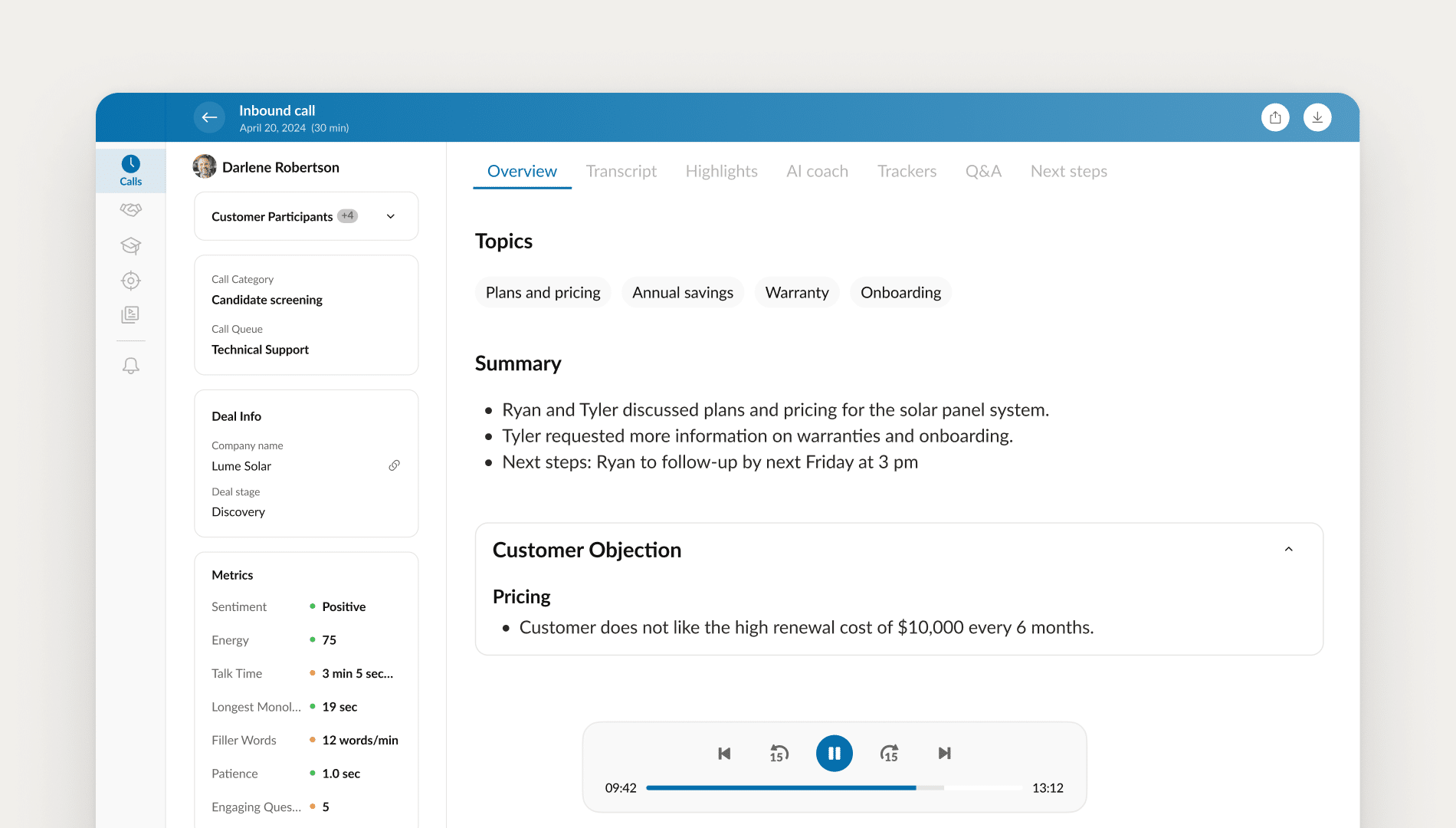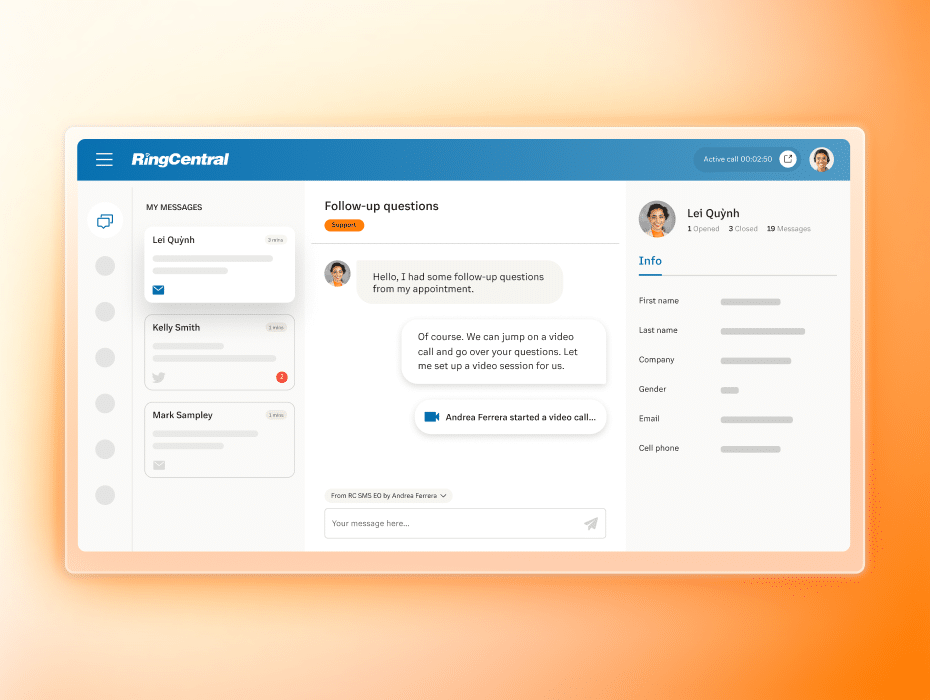Introduction – the CX Imperative
Every business needs to provide customer service, and most of that activity flows through contact centers. Not so long ago, almost all that activity went this way, but much has changed, not just for what customers expect today, but for how contact centers are trying to meet those expectations. Like so much else now, these things are being heavily shaped by technology, especially Artificial Intelligence (AI).
As technology permeates ever-more of our lives, we are moving towards an experience-based economy, where experiences are coming to define value as much as the utility that comes from the products and services we buy. That reality is now playing out in the contact center, where the long-standing notion of customer service is being eclipsed by customer experience (CX).
Customer inquiries still need to be addressed, but agents must do more than just answer questions; they need to provide a better experience. This means providing personalized service where the customer feels valued, understood, heard, etc. To do that, agents must have a complete set of timely, accurate information at their fingertips for every inquiry. It’s no longer enough to provide reactive, transactional forms of customer service; CX has to provide more, mainly because customers now expect more.
CX – and more importantly improving CX – has become strategic for businesses, and the raison d’être for contact centers. This wouldn’t be a challenge if it was just a simple matter of agents being more attentive and empathetic. More than anything else, this is a technology challenge, mainly because most contact centers are still saddled with older technology that cannot adapt for what CX requires. Not only that, but it sorely lags the technology that customers long-ago adopted, and is now driving their expectations. No contact center wants to be in this position; hence the urgency to modernize in support of the CX imperative.
Connecting Agent Experience to Customer Experience
Technology may be the driving force of change here, but modernization alone will not guarantee improved CX. Contact center interactions are still human-based, mostly agent-to-customer, and some that are self-service to customer. As technology evolves, these interactions will become virtual, with both agents and customers using automated proxies – chatbots of some kind – but that time is far off. Until then, the onus for providing good CX falls largely to agents.
Contact centers didn’t always think this way, however, and the concept of agent experience (AX) is quite new. Until recently, agents were evaluated not on their ability to deliver good CX, but on operational efficiency as defined by Key Performance Indicators. These KPIs remain the standard for contact center performance, but are focused entirely on how quickly or expediently agents handle customer inquiries. That may satisfy legacy-based notions of customer service, but not what drives CX.
A more progressive view holds that agents are the great enablers of CX, and to do that, they need the right tools. With older technologies, contact centers simply don’t have all the right tools, leaving agents stressed, overworked and burnt out after reaching their limits dealing with angry, unhappy customers.
Conversely, when agents have all the critical information at their fingertips, customer understanding is richer, leading to better CX outcomes. Customers feel more valued, and agents have a deeper sense of empowerment and purpose to their work.
Setting Expectations 1 – AI is a Bridge, not the Solution
So, what are the tools that agents need to perform well, and for contact centers to modernize? In short, the answer is digital technologies, and that takes the form of CCaaS – Contact Center as a Service. This is a cloud-based platform, purpose-built for the contact center, and is the next-generation solution for migrating from legacy, premises-based systems.
Contact centers are adopting CCaaS to varying degrees – for some, the shift is fairly easy, but others face constraints that make this a long-term proposition. Regardless, CCaaS provides many of the basic capabilities needed for CX, and being cloud-based, it is accessible and affordable enough for any size of contact center.
Important as CCaaS is to help contact centers modernize, it is a platform to support the entire operation, not just CX. In terms of specific technologies, the focus needs to be AI for tools that truly drive CX. There’s a rush to AI now across all segments of the economy, but it’s particularly attractive for contact centers given how dire the need is for modernizing and delivering good CX.
There should be no question that the time is now for AI to bring much-needed innovation to support today’s CX. Agents are able to save time now thanks to automated call summaries, where the data inputs help AI engines fine-tune how to coach other agents facing similar situations later on. Sentiment analysis detects patterns in customer behavior to help agents better handle difficult scenarios or detect impending fraud attempts.

Many more use cases are on the way, and there’s little doubt that AI will shape tomorrow’s CX, but it will also help put agents on a level playing field with customers. Aside from the CX benefits that AI will enable, contact center leaders should also consider the ROI benefits. These may not accrue initially, but as cumulative data inputs make AI models more accurate and impactful, your ROI will take several forms.
One example would be how a better agent experience translates into happier agents, who will stay with you, reducing overall churn. Aside from saving cost to recruit new agents, training costs to bring them up to speed will fall as well. Operationally, as the quality of work improves, less time and effort will be expended by both agents and supervisors on checking work and fixing errors.
Additionally, as chatbots become more effective, agents will spend less time on simple inquiries that can now be automated, freeing them to focus on deeper forms of customer engagement that ultimately will improve retention and increase share of wallet.
While AI is still a work in progress, it is now being deployed widely across the contact center space. Even though the track record is short, there are pressing business problems that contact centers need to solve today, many of which AI has already been addressing effectively. Just as the cloud is now viewed as being mature enough for migration away from premises-based solutions, contact center leaders need to see AI as being reliable and trusted enough to drive their modernization efforts right now.
AI offerings from contact center vendors vary greatly, and the fastest path to success will be partnering with a vendor with a long-term commitment to AI innovation, as well as a proven ability to develop fit-to-purpose solutions that address specific problems, both for improving CX and AX. The latter is critical given the importance of AX for driving CX, and you should carefully consider how well vendors use AI as a bridge to connect agents to customers, not just to create efficiencies, but to make CX a more human, personalized experience.

Setting Expectations 2 – Your Technology Partners
Where to go from here for contact center leaders? Very few contact centers can develop end-to-end CX capabilities in-house, and this is why your choices for technology partners are so important. The stronger the CX imperative, the greater your need to deploy the right solution. Since most contact centers have a long way to go to modernize, the right partner is the one that can deploy a complete solution with little or no disruption to your operations.
Two implications arise from this. First is providing a complete solution in the sense that all of your contact center needs can be supported from a single platform. Aside from making life easier for IT, this means that everyone involved in providing CX is working with the same set of tools – agents, supervisors, and even subject matter experts not located in the contact center.
Second is the idea of having minimal disruption, and this means having deep integrations not just with a host of third-party specialty partners (especially AI), but also with your core platforms, such as workplace/workflow productivity, CRM, WFM, IVR, etc.

These technology capabilities should be table stakes, but you need to know what they are to set proper expectations. Many of these integrations will be cloud-based, and since many of these technology partners are cloud-native, the challenges should be minimal. However, integrations with premises-based systems will often be needed, and not all cloud partners are created equal in that regard.
Technology aside, the overall deployment experience will be critical. As noted, disruption must be minimal, and since much of this technology will be new for IT, deployment must be easy on them. In time, IT will need to upskill, and this is another area where technology partners can add value. Similarly, much of this will be new for end users, especially agents and supervisors. They will be the ultimate drivers of CX, so the user experience (UX) must be carefully considered.
Finally, you must consider economics. By nature, cloud is Opex-based, so no large capital outlays are needed. There certainly are economic benefits to having all your tools on a single platform, but unlike premises-based systems, these platforms come with ongoing costs. Long-term, leasing is more costly than owning, but keep in mind that the ongoing innovation that cloud natively supports keeps the cost-to-value ratio at a sustainable level.
With the CCaaS market being highly competitive, many vendors have aggressive pricing and discounts. Look for packages that have transparent, simple pricing with no hidden costs. When it comes to AI, it’s important to note that there will be added costs with some vendors, while others will include it in their CCaaS pricing. In terms of pricing, buyers have the leverage here, so there is no need to overpay when making these investments to modernize your contact center. More important will be how well each vendor can address the modernization needs addressed herein, especially in terms of how well their AI helps bridge agents and customers to deliver better forms of CX.
Originally published Jun 10, 2024





